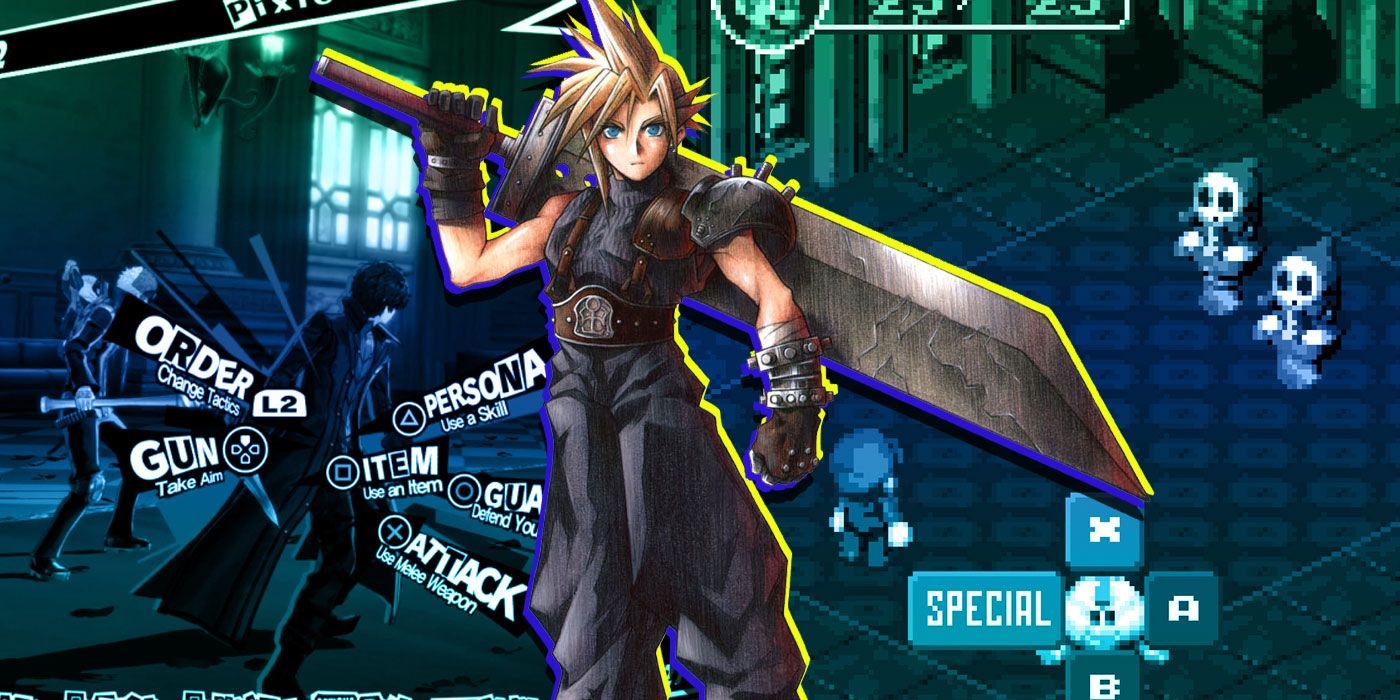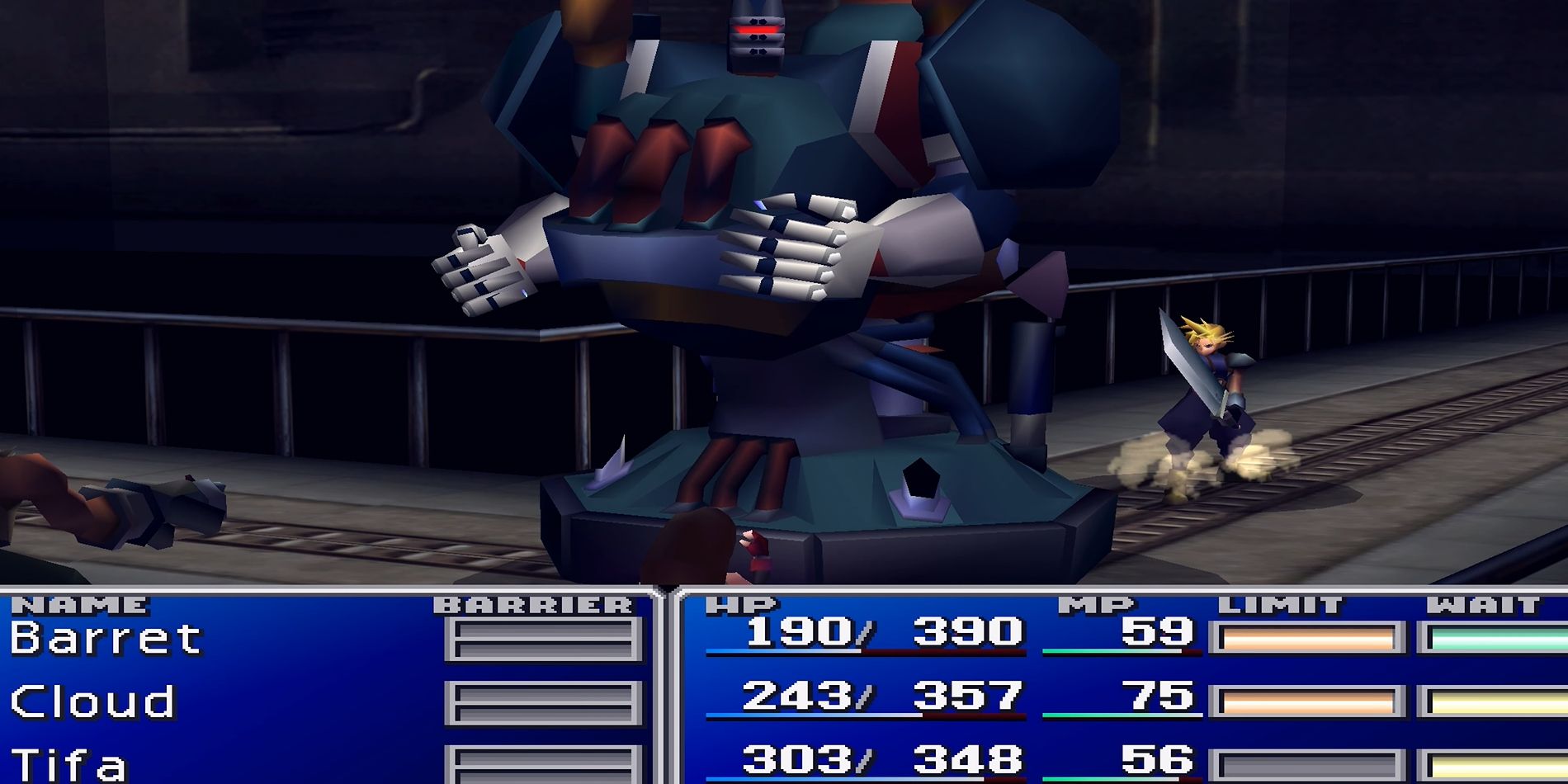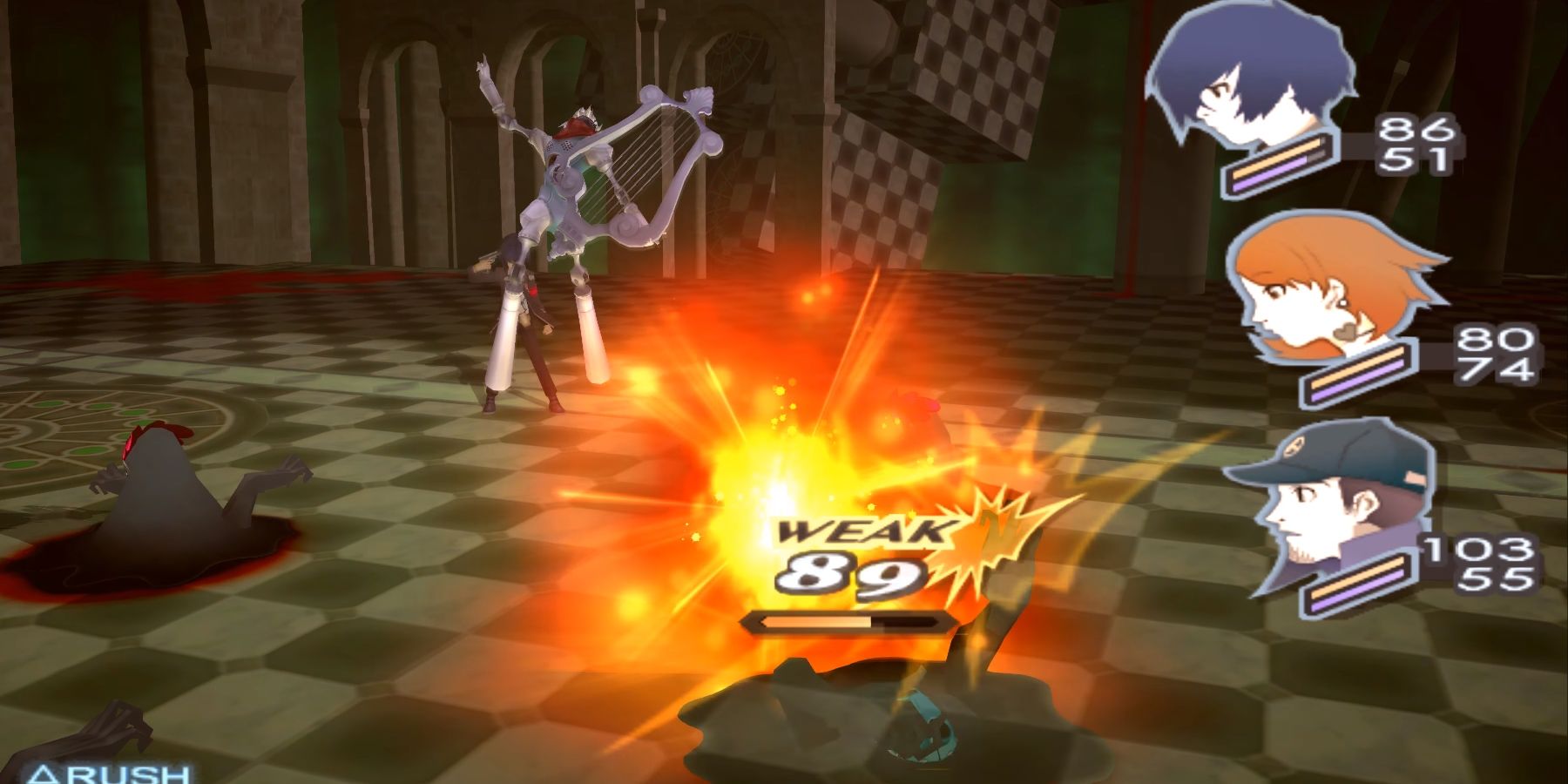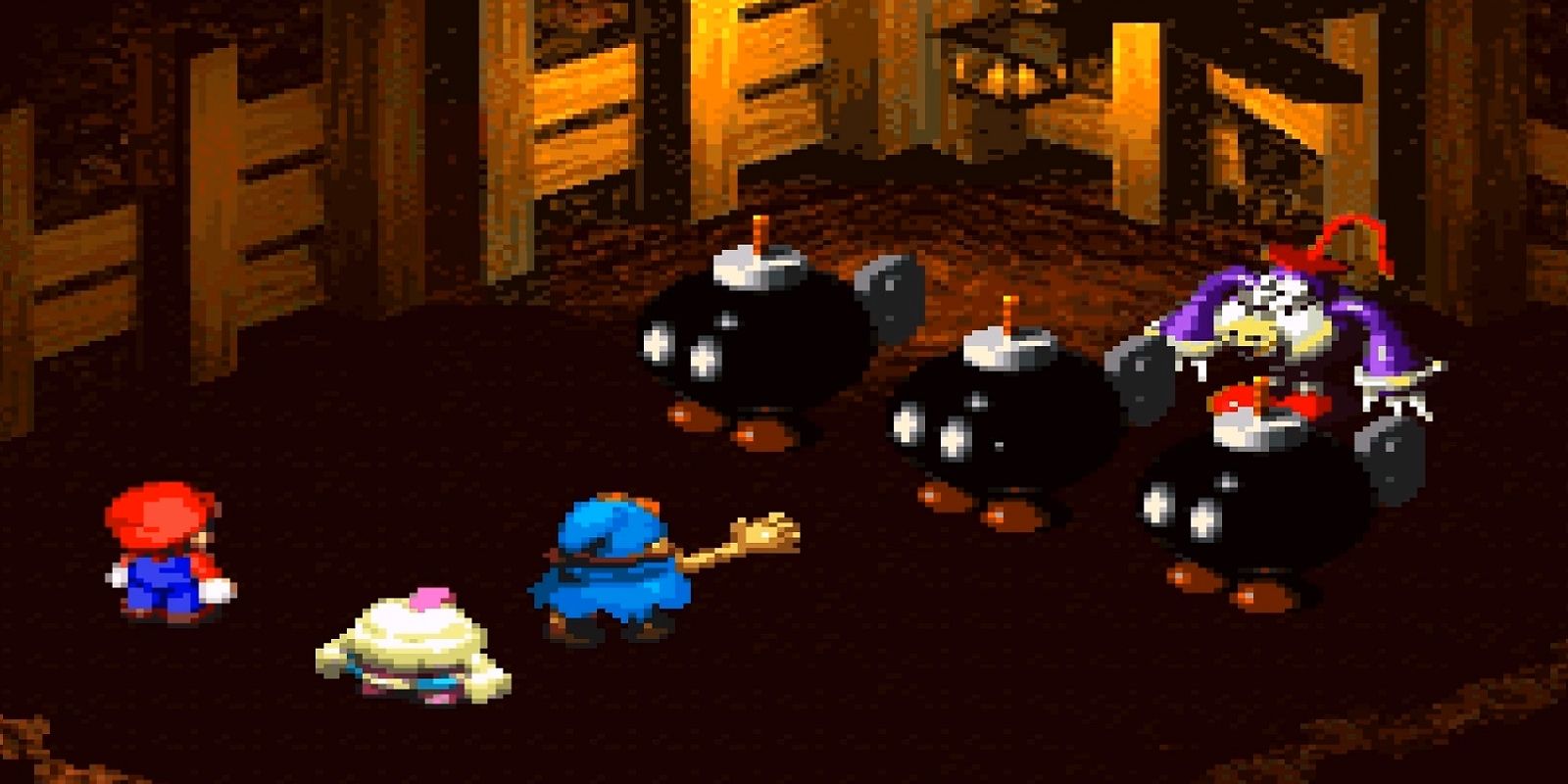Because their mechanics lack the flair of modern action games, turn-based RPGs are often dismissed as archaic. As a result, many gamers feel that such titles are increasingly becoming a thing of the past. However, upon closer examination, such arguments don’t entirely stand up to scrutiny, as turn-based games can still be successful.
In fact, many such titles offer levels of strategic depth their faster counterparts have yet to replicate. To this day, developers are experimenting with the formula to create memorable masterpieces whose mechanics are a core part of their experience. From big-name franchises like Shin Megami Tensei to indie darlings like Undertale, turn-based combat still makes for a great system in gaming.
Turn-based combat involves players and enemies taking turns to perform actions, which may include attacks, using items or casting spells. After performing that action, the next character in the queue takes their own turn, repeating until one side is victorious. It’s easy to understand, and it has advantages despite the lack of visual dynamism. Actions being restricted to turns means players can plan their moves, which also arguably makes it easier to manage multiple characters.
The problem is that most turn-based games are so simple that there often isn’t much need to strategize. Franchises like Square Enix's Final Fantasy are beloved for their storytelling, but the gameplay often leaves something to be desired. Characters may have a variety of spells for poisoning or immobilizing enemies, but there’s rarely a need to use them. Many of these abilities don’t work in longer boss fights, and regular foes are typically easy enough that it’s more convenient to use damaging moves instead. Combat falls into a cycle of attacking and healing, without much need to adjust one’s tactics.
Compare this to something like an Atlus game. In the Persona and Shin Megami Tensei franchises, clever use of status-changing and support skills are vital to beating the tougher challenges. In addition, their press-turn and 1-more systems reward players for exploiting weaknesses with additional turns. By knowing each enemy’s vulnerabilities, players can effectively wipe out encounters before they’ve had a chance to start. However, what makes such systems challenging is that enemies can do the same. This encourages players to build balanced parties to cover their own shortcomings.
However, this idea of building gameplay around manipulating turns in combat isn’t unique to Atlus’s RPGs. Square Enix themselves developed the active-time battle system, which tried to quicken gameplay by having character turns “charge up” in real-time. Unfortunately, depending on a player’s party and gameplay settings, it’s possible for characters in games that use this system to be stuck waiting for several seconds for their time gauge to fill before they can take another action.
This isn’t to say that active elements can’t work in a turn-based game. Super Mario RPG games are well-known for their timed hits system, prompting the player to input commands to power up certain abilities. Bandai Namco’s Baten Kaitos also experimented with the formula, allowing players to use their turns to combine attacks but putting timers on their turns once they progressed to a certain level of power, encouraging quick-thinking and memorization. Undertale, too, takes this approach by having enemy attacks take the form of bullet hells: forcing players to dodge in real-time. In every instance, players are encouraged to put more thought into their actions, memorizing enemy attack patterns and retaliating with a considered offense.
Perhaps more importantly than giving players more combat options, some RPGs don’t always force players to fight. Sometimes they can talk to enemies, allowing them to trade items, recruit them or convince them to withdraw. This adds an element of role-playing to an aspect of the game that otherwise typically lacks it, opening up a whole new range of opinions as characters engage in mid-fight dialogue. This is especially true in games like Undertale, where prioritizing peace is the only way to get the game’s best ending.
Ultimately, this greater emphasis on choice and tactics is probably what turn-based games need to remain relevant. While more traditional titles like Dragon Quest XI can certainly still prove popular, new competitors will probably need to push the genre’s limits to stand out from the crowd. Turn-based games don’t have to remain as simple as hitting weaknesses for extra damage. By making more options viable and weaving each game’s themes into its battle mechanics, developers can make their games more interesting while giving their audiences more freedom to develop their own unique, interesting play styles.




